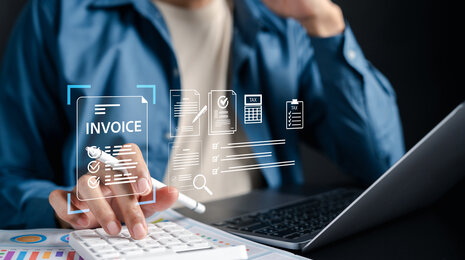Wouldn’t it be highly convenient if you no longer had to exchange all orders, despatch advices, and invoices with your business partners by fax, e-mail or even mail, but everything happened automatically via electronic data interchange (EDI) instead? Experience has also shown that there is also less room for error. And there’s even more potential: process automation reduces your employees’ workload and makes them available for other tasks. It is also undisputed that, when all factors are taken into account, EDI can significantly reduce costs.
An old merchant’s rule has lost none of its validity even in 2022: saving one euro is easier than painfully earning one euro through hard work. A frequently asked and very legitimate question in the area of Electronic Data Interchange (EDI) is the following: how much can a company save on the bottom line by switching from paper-based invoices to e-invoices? And how many more euros will it have in its pocket if the company switches the entire Order2Cash process to electronic data interchange? This means that the entire process would be electronic, from incoming orders to invoicing. Let’s look at it one step at a time.
Individual factors
Before we go into detail, let’s remember that specific savings will always dependent on several factors, including the following: how was the exchange of business documents handled before (by mail, fax, e-mail, etc.)? With how many partners would you like to use EDI in the future? What is the document volume per year? What kind of technical infrastructure exists? Which expertise and pricing model does the potential EDI service provider that you might entrust with the connection have? These are just a few of many questions that you should ask yourself.
The savings potential for invoices alone is high
In addition to company-specific factors, international calculations and studies exist. These are very insightful when it comes to the approximate savings potential. Let’s start right away with a document that is particularly interesting from an EDI perspective, namely the invoice. When determining the potential cost savings, it makes all the difference if you receive or send invoices.
A study by Billentis analyzed the savings potential associated with e-invoices, which I would like to present to you here in excerpts.
Example calculation:






